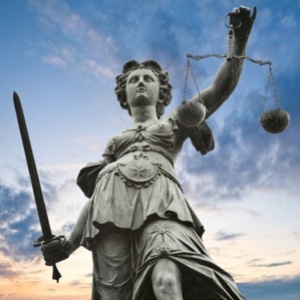Human Rights for All

All around the world, Saturday 10th December 2011 is celebrated as Human Rights Day; a day when we remember the creation of the Universal Declaration of Human Rights 63 years ago.
The United Nations came into being in 1945, shortly after the end of World War II, with a stated purpose of bringing peace to all nations of the world. A committee headed by Mrs Eleanor Roosevelt, the wife of US President Franklin D. Roosevelt, wrote a document which 'declares' the rights that everyone in the entire world should have. They called it the Universal Declaration of Human Rights.
The Declaration was adopted by the United Nations General Assembly in 1948 and it consists of a preamble and 30 articles which set out a broad range of fundamental human rights and freedoms to which all men and women, everywhere in the world are entitled, without any distinction.
The document has been translated into over 380 languages and dialects, making it the most translated document in the world and earning it a place in the Guinness World Records. Today, there are 192 member states of the United Nations, all of whom have signed that they will uphold the Declaration.
This year in particular, has been a powerful one for human rights with people protesting against rights violations across the world. To mark the 2011 anniversary, the United Nations has recognised the "transforming power of social media which has enabled ordinary people to become human rights activists." It is encouraging everyone to pay tribute to all human rights defenders, everywhere.
What about children and young people?
Children were recognised as rights holders in the Universal Declaration of Human Rights, but by virtue of their physical and mental immaturity, it was deemed that they needed special safeguards and care, including appropriate legal protection, before as well as after birth.
The United Nations Convention on the Rights of the Child is a human rights treaty that was agreed by the United Nations in 1989. It gives children and young people all over the world over 40 major rights. These include the right to a family life, the right to be protected from all sorts of violence, the right to be healthy, the right to have a say and be taken seriously, and the right to have an education that helps them to grow as a person. There are extra rights for children living in very difficult circumstances, including children in trouble with the law, and refugee and asylum-seeking children.
The UK Government signed up to the Convention on the Rights of the Child in 1991 which means it has to do everything possible to put the rights into practice for children in the UK and their performance is monitored.
Schools are, of course, in a prime position to ensure that children's rights are upheld and promoted and that is why EduCare has teamed up with the NSPCC and the Children's Rights Alliance for England to produce a four module distance learning course all about children's rights and what your organisation can do to promote and protect them.
The course is available in paper-based or online learning formats starting from £28.50 + VAT. For more information on the course, please click here.
Alternatively if you subscribe annually to EduCare for Education, an online learning service that keeps your school up-to-date with important and essential duty of care issues, it is included as one of the 14 duty of care learning courses. For further information or a free trial, please click here.
Return to news